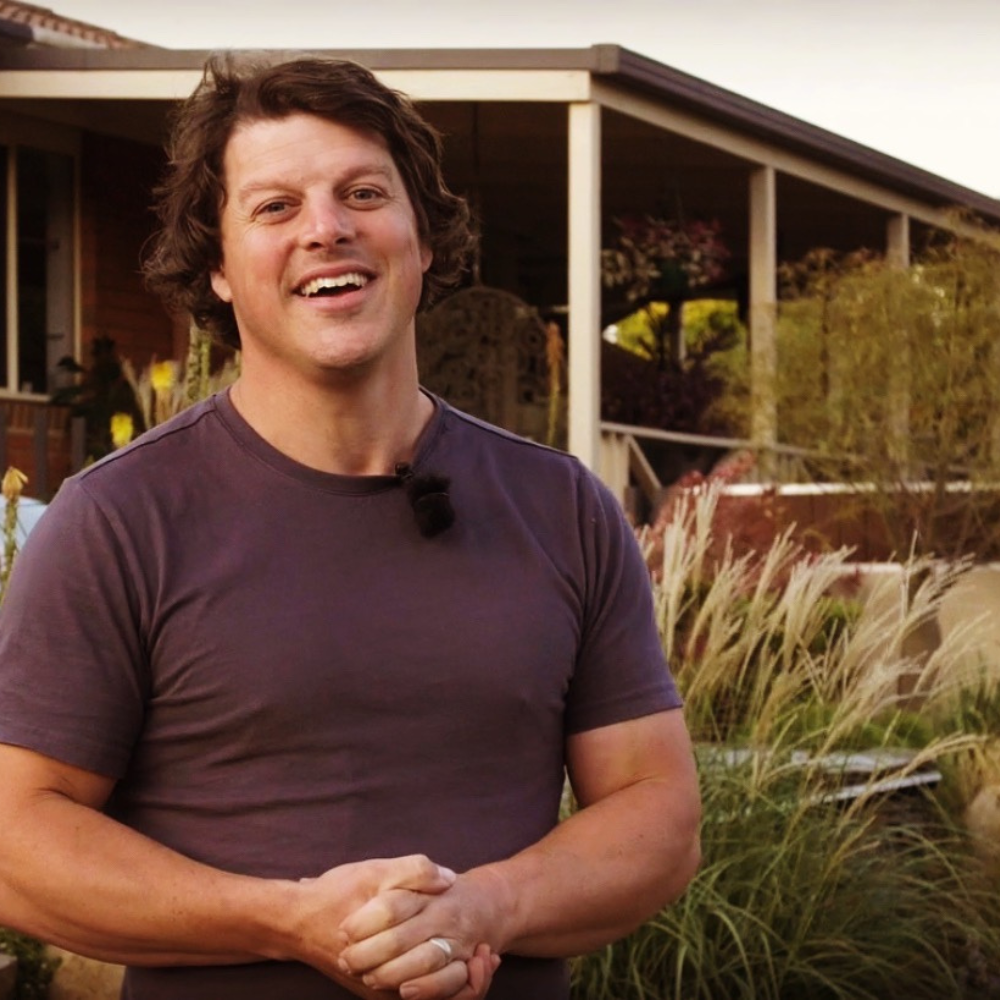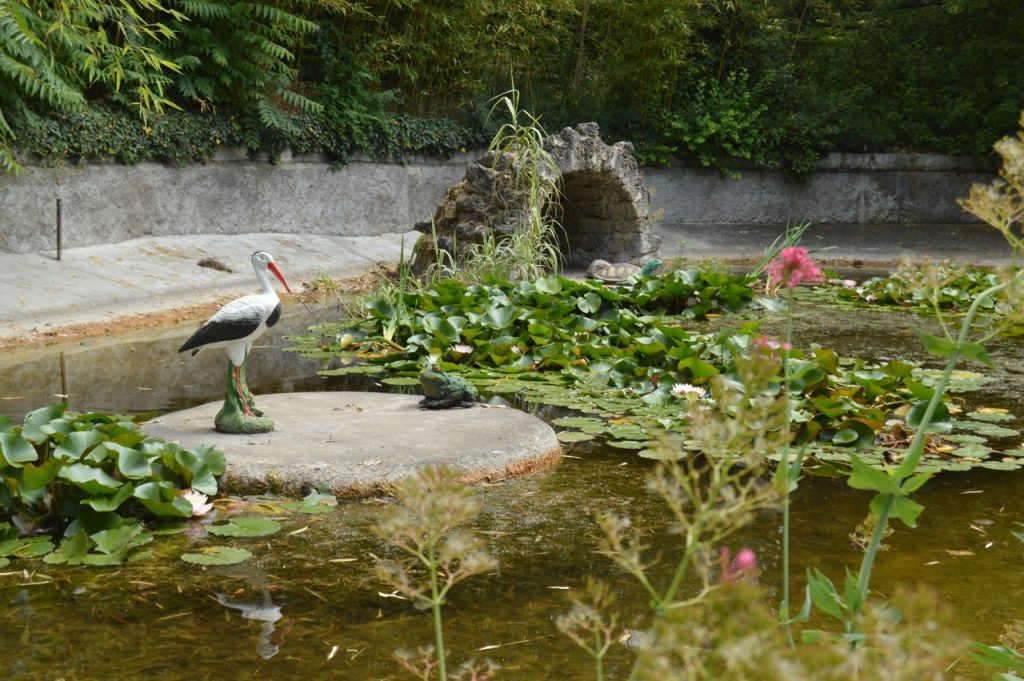
Creating Sustainable Habitat Gardens for a Greener Future
Imagine a garden that not only looks stunning but also supports local wildlife and promotes environmental sustainability. Habitat gardens are a growing trend among eco-conscious homeowners. These gardens provide natural habitats for birds, bees, butterflies, and other wildlife while encouraging sustainable gardening practices.
In this blog post, we have collaborated with Melbourne-based landscaper Dan Foreman to advocate for habitat gardens and sustainable landscaping. He suggests starting small and gradually adding sustainable elements to your garden. Dan also highlights the importance of observing nature to gain insights into creating a thriving habitat, offering practical tips to help you create your own eco-friendly oasis.
The Rise of Habitat Gardens
Habitat gardens have gained popularity as more people become aware of their environmental impact. Creating a garden that supports local wildlife is a step towards a more sustainable lifestyle. These gardens are designed to mimic natural ecosystems, providing food, shelter, and water for various species.
Benefits of Habitat Gardens
Habitat gardens offer numerous benefits, both for the environment and for gardeners. They help preserve biodiversity by providing habitats for native species. Additionally, they can reduce the need for chemical pesticides and fertilisers, which can harm the environment. For gardeners, habitat gardens offer a rewarding way to connect with nature and observe wildlife up close.
Designing Your Habitat Garden
When designing a habitat garden, it’s essential to consider the needs of local wildlife. This includes providing a variety of plants that offer food and shelter throughout the year. Native plants are particularly important, as they are adapted to the local climate and provide the best resources for native wildlife.

Planting for Pollinators
Pollinators, such as bees and butterflies, play a crucial role in maintaining healthy ecosystems. To attract pollinators to your garden, include a variety of flowering plants that bloom at different times of the year. Avoid using pesticides, as they can harm pollinators.
Creating Shelter and Nesting Sites
Providing shelter and nesting sites is another critical aspect of habitat gardening. This can be achieved by incorporating features such as birdhouses, bee hotels, and log piles. Dense shrubs and trees also offer excellent shelter for birds and other wildlife.

Water Features in Habitat Gardens
Water is essential for wildlife, so including a water feature in your habitat garden is a great way to attract various species. A pond, birdbath, or even a shallow dish of water can provide drinking and bathing opportunities for birds, insects, and amphibians.
Sustainable Gardening Practices
Sustainable gardening practices are key to maintaining a healthy habitat garden. This includes using compost and mulch to improve soil health, practising water conservation, and avoiding chemical pesticides and fertilisers.
The Role of Native Plants
Native plants are a cornerstone of habitat gardens. They are well-suited to the local climate and soil conditions, making them easier to care for and more beneficial to local wildlife. Native plants also require less water and fertilisers, contributing to a more sustainable garden.

Seasonal Maintenance
Maintaining a habitat garden involves regular seasonal tasks, such as pruning, mulching, and planting. By following sustainable practices, you can ensure that your garden remains a thriving habitat for wildlife all year round.
The Importance of Biodiversity
Biodiversity is essential for healthy ecosystems. Habitat gardens contribute to biodiversity by providing a variety of plants and habitats for different species. This not only supports wildlife but also helps create a more resilient and adaptable ecosystem.
Take Action Today
Creating a habitat garden is a rewarding and impactful way to contribute to environmental sustainability. By following the tips and insights shared in this blog post, you can design a garden that supports local wildlife and promotes sustainable gardening practices. Whether you’re starting a new garden or transforming an existing one, remember that every small step towards sustainability makes a difference.
If you’re ready to create your own habitat garden, start by researching native plants and sustainable gardening practices. Consider booking a consultation with a professional landscaper, like Dan Foreman, to get personalised advice and guidance. Together, we can all contribute to a greener, more sustainable future.
